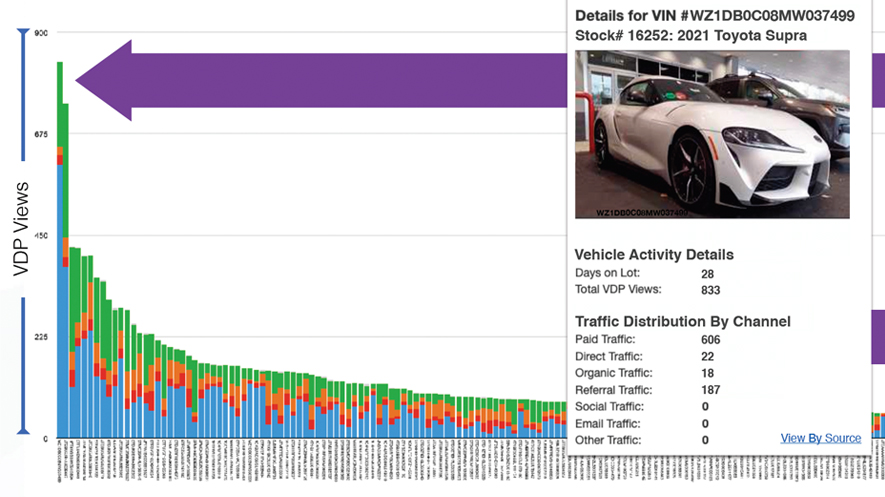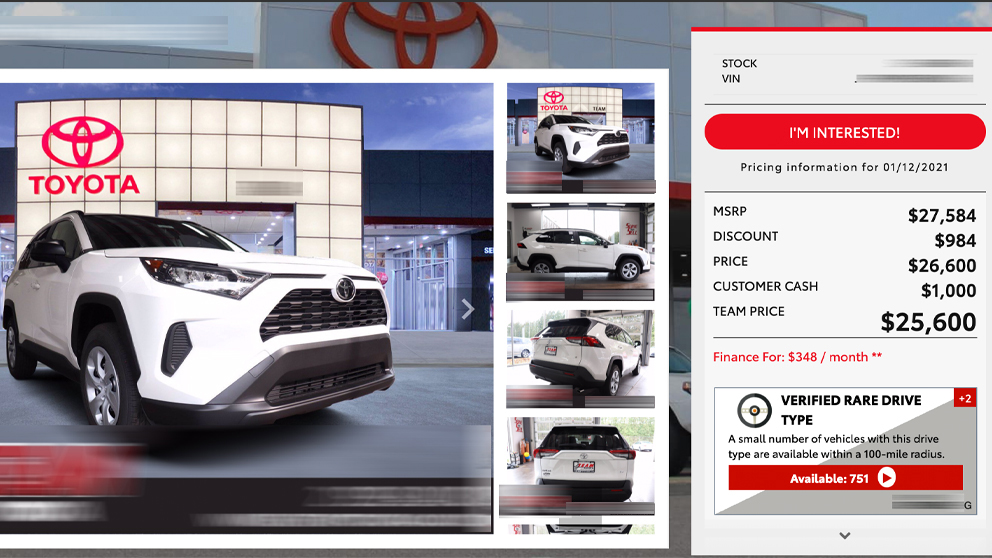If You’re Still Advertising your Vehicles Based on Demographics, You’re Doing it Wrong
Let me ask you a question: I’m a 35-year-old middle-income male, with a wife, two kids and looking to buy my first house. What kind of car should you advertise to me?
An SUV? A crossover? How about the dreaded minivan?
What about a BMW 335 coupe or a Mustang GT? Why is there an assumption that I’d be interested in a family vehicle?
The point is that if you’re blanket advertising based on geography or even zip code, you’re making assumptions on what people are shopping for and, most likely you’d be wrong, and lose an opportunity to sell more cars.
The better method is a two-step process:
1. Building a profile based on online shopping behavior
Imagine if you could follow a car shopper along the traditional “dealership mile” as they look for the car they want to buy. You’d see them kick the tires on some cars, sit in some other and ask the sales reps some questions to research. Let’s say you notice that this person has a tendency to go to two-door sport coupes above other types of vehicles and they especially like the new Mustang. Well, you can confidently deduce that this person is looking for that type of car.
Now imagine you can do this with every car shopper that ever set foot on the “dealership mile”. You’d be able to do so much with that information!
This is exactly what happens online. Smart ads are running on hundreds of auto review, research and listing sites learning as they serve contextually relevant ads. Information from car shoppers as they browse through the virtual “dealership mile” is gathered and used to serve better ads later. Computers use this data to build a profile of the shopper and they can determine what type of vehicle they want.
This type of information essentially reduces the need for broad demographic or zip code segments and laser focuses them into a segment of one person. The shopper is no longer a 35-year-old male with two kids and a wife segment, the shopper is now (as one of our friends from the Jeff Wyler Automotive Family recently put it as he attended our Digital Dealer 19 Session on VDP Traffic) an individual who’s “virtually” kicking the tires on the type of car he really wants. There are more and more virtual tire kickers, and that’s not going to stop growing anytime soon.
Great! So what can we do with this information? Isn’t it obvious?
2. Present them with the inventory on your lot that matches that individual’s interests.
Let’s say you’re a Ford dealer and you get a guy on your lot, and he’s looking for a new Mustang. What would you do? It’s not a trick question. Obviously you’d show him all your Mustangs. What if you’re a Chevy dealer, and the guy is looking for a new Mustang? Well, you’d try to talk him into a new Camaro. Right? It’s not rocket science.
What you wouldn’t do is to show him your showroom and tell him about incentives or specials on things that are not Mustangs or Mustang equivalents. That’s just wasting people’s time.
Guess what, this is exactly how many dealerships advertise. A substantial portion of dealer advertising directs to a landing page and not an SRP or VDP page.
Even with all the profile information that is collected, the ads that are placed go to a landing page. As much as this is an accepted practice, it’s a significantly better shopping experience if you just showed them the cars they’re looking for.
What should we be doing? We should be presenting the shopper with the inventory that reflects their preferences. By automatically advertising the matching inventory in your lot to the shoppers known interests, you will greatly increase your chances of being selected as the 1.4 stores they intend to visit before making their purchase.
Getting your inventory in front of the right people (and thus, selling more cars) doesn’t have to be hard work. Especially if you try to mimic real buying behaviors and not paint car shoppers with a broad brush. If we automatically assumed every person that fit a demographic only wants one type of vehicle, then we are missing a huge opportunity and ultimately – just doing it wrong.







